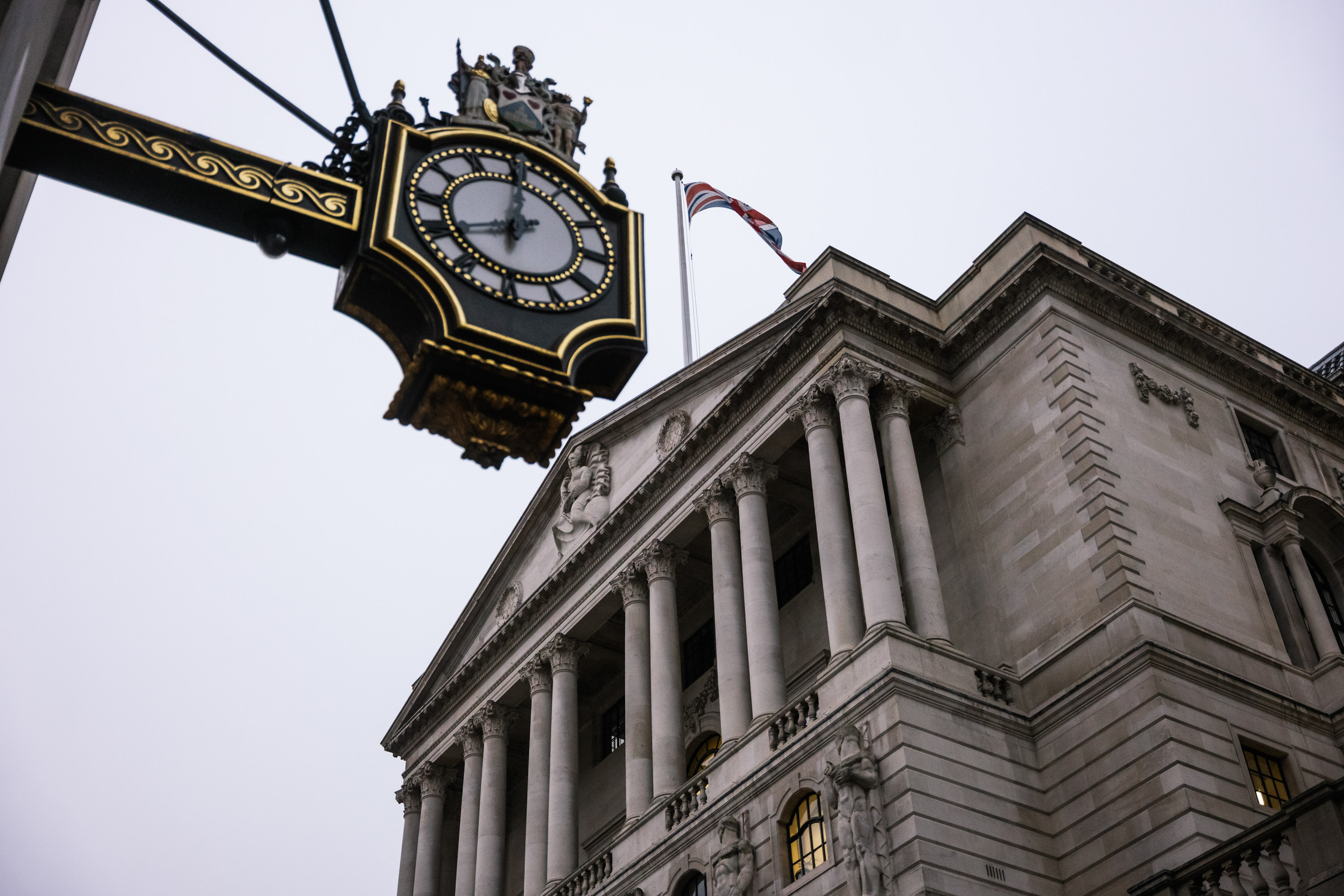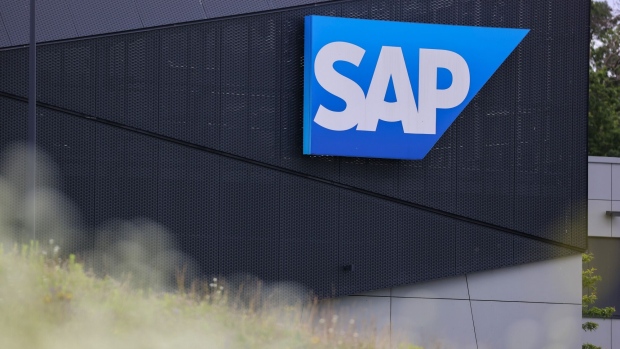Fed puts off rate cuts aiming for steady inflation control

In a recent update, the Federal Reserve has decided to keep interest rates high for a bit longer, despite earlier speculations of possible cuts. Powell, mentioned that they are waiting for more evidence of inflation consistently slowing down before making any moves to reduce rates. Although there was hope for rate reductions as soon as March, Powell's comments have cooled down these expectations, highlighting the need for patience and more data. The Fed's decision aims to ensure inflation heads back to their target without rushing into rate cuts that could need reversing later. With the economy still strong, the focus remains on a careful and measured approach to support sustainable economic health.
Bank of England eyes rate cuts amid brighter economic hopes

The Bank of England might soon brighten up the mood by hinting at possible interest rate cuts, thanks to a more optimistic view of the UK's economic future and easing inflation. Despite keeping the key lending rate steady at a 16-year peak, the Bank's upcoming forecasts are eagerly awaited for clues on when borrowing costs could decrease, giving the economy a nudge. The market's already buzzing with the possibility of rate cuts by mid-2024, especially as inflation pressure starts to ease off. While other central banks like the Fed and the ECB are also on a slow path to reducing rates, the BOE's decision this Thursday is particularly under the spotlight. With a potential vote shift among policymakers and a softened stance on future guidance, everyone's eyes are on how the Bank will balance the risks of recession against the fight against inflation. Plus, there's a bit of optimism in the air with expected upgrades to growth forecasts, hinting at a recovering economy ready to dodge a deep recession.
SAP staff push back on office return plan

SAP, faces employee backlash over its new office return policy, requiring staff to work on-site three days a week from April. Over 5,000 employees have signed an internal letter in less than two weeks, expressing feelings of betrayal and threatening to quit. Despite the protest, CEO Christian Klein insists that remote work hampers the company's culture and teamwork. SAP aims to find a balance between remote and on-site work to foster productivity and innovation, amidst a wider trend of firms tightening office attendance rules. This move comes as the tech industry faces a challenging market, with SAP also announcing a significant restructuring plan affecting 8,000 employees, aiming to focus more on AI-driven efficiencies. The policy has sparked a debate about the future of work and employee satisfaction.


